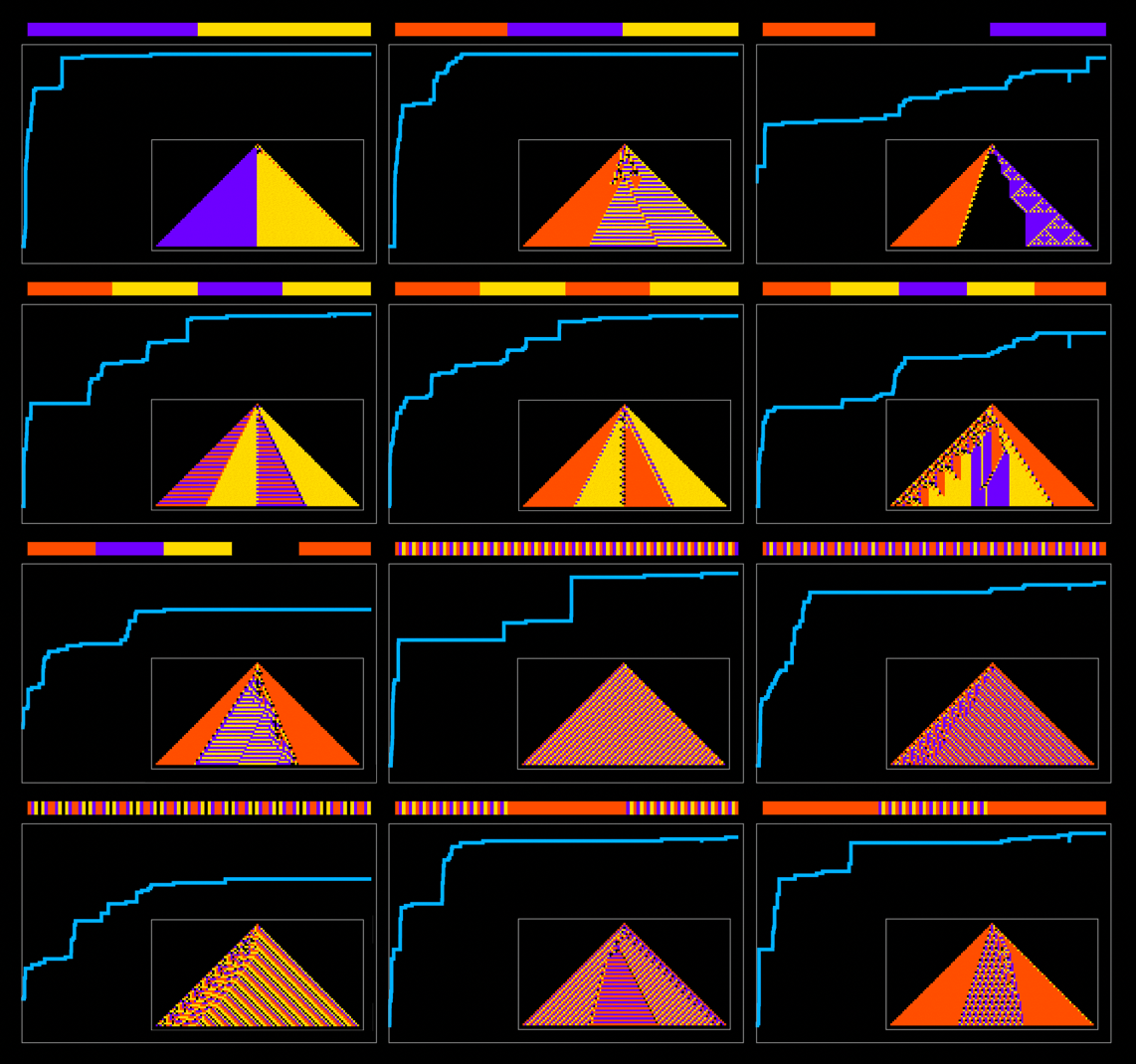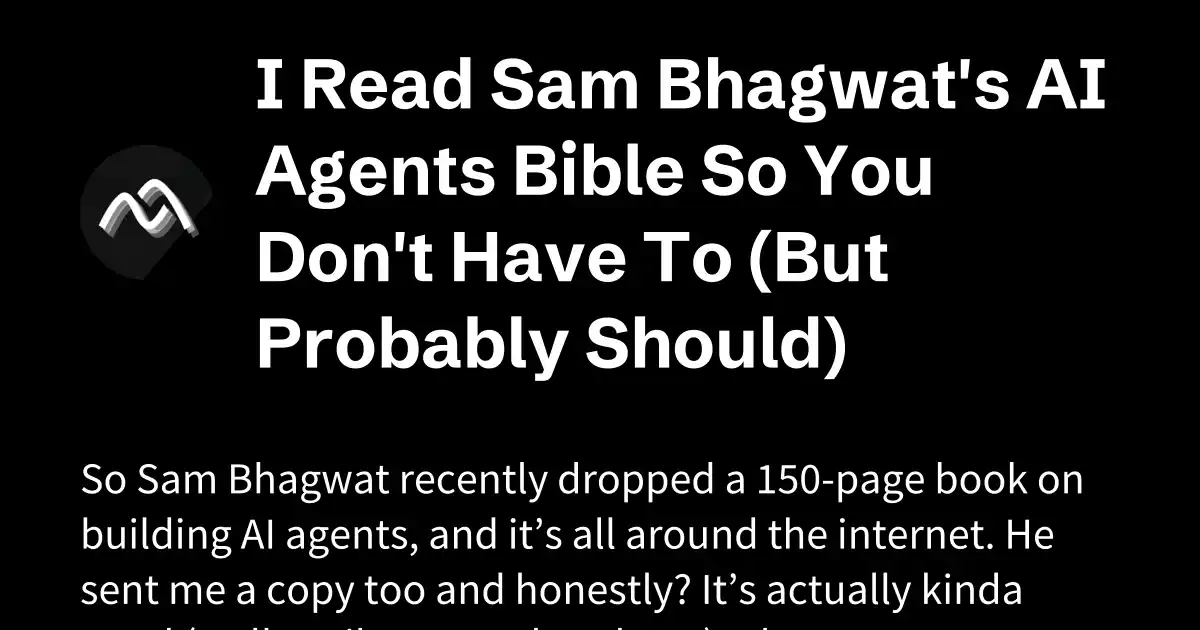Junior dev roles are vanishing. AI tools now write the boilerplate code that once launched thousands of tech careers.
So where does that leave tomorrow’s engineers? And what does it take to stand out when the machine writes faster than you?
At the center of this shift is a bold new message from a $205 billion cloud software giant: adapt, or get left behind.
What’s Changing Inside Engineering Teams
ServiceNow CTO Pat Casey says AI has fundamentally altered the software engineering pipeline. The entry-level grunt work — bug fixing, boilerplate scripting, repetitive functions — is being absorbed by tools that never sleep or miss a semicolon.
Previously, Casey said, “it could take 100 junior engineers to work on low-level coding tasks. Now, it’s a much lower number.” That efficiency gain is creating a bottleneck. Fewer juniors are needed, but senior leadership is still in high demand.
AI now thrives in the “middle layer” of engineering work — the same space where many engineers used to cut their teeth. That’s changing how people learn, get promoted, and prove themselves.
To thrive in this new landscape, Casey says developers must master the very tools threatening to replace their old jobs. AI-enhanced IDEs, copilot-style code generators, and agentic debugging systems are becoming baseline requirements — not extras.
But it’s not all doom. ServiceNow’s approach to AI, which focuses on practical use cases with direct customer value, has helped it remain profitable in a crowded enterprise market.
The new top-tier engineers fall into two profiles: horizontal generalists who can think across functions and strategic problems, and focused specialists who obsess over one system until it hums.
Both are needed. One leads from above, navigating mergers and designing for unknowns like Agentic AI security. The other gets their hands dirty, hammering out mission-critical code in days — the kind others can’t finish in weeks.
What’s at Stake for Engineers and Employers
The impact ripples far beyond a single firm. This transformation touches startups, FAANGs, and SaaS companies alike. If junior devs no longer climb the same ladder, how will engineering leaders emerge?
Companies may face a training drought, where AI handles the “easy” tasks but leaves new hires with no ramp-up zone. That’s like replacing an orchestra with a playlist, then wondering where the next maestros come from.
At the same time, it opens space for more creative, research-style work. Engineers become hypothesis testers and product explorers — not just line-by-line coders.
This shift could also remake how we define engineering talent. It’s less about syntax knowledge, more about architectural thinking, tool fluency, and human collaboration.
Expert Voices Weigh In
“AI right now sits really in that middle layer,” said Casey. “It’s good at doing those things that people typically did as part of their learning phase of engineering.”
He emphasized tool mastery: “We want you to use a tool to accomplish a task, because one of the skills we want you to bring to the table is understanding how to use these tools.”
Other leaders are echoing this realignment. Windsurf CEO Varun Mohan believes engineering is evolving into a research-driven discipline. “Startups should never hire engineers to write boilerplate,” he said. “They should focus on testing bold ideas.”
And OpenAI’s Sam Altman has warned: “Maybe we do need less software engineers,” noting that productivity per dev is rising rapidly.
GazeOn’s Take: Where This Is Headed
The software industry is undergoing a quiet careerquake. In 2025, knowing how to code is no longer enough. You need to lead systems, not just use them.
Expect “AI-native” engineers — those who treat coding agents as teammates — to shape the next generation of product breakthroughs.
This could also mean a shrinking middle: fewer mid-level devs, and a greater divide between tool-builders and tool-users.
Your Turn
Is the engineering ladder collapsing — or just evolving? Tell us where you see the future heading.
About Author:
Eli Grid is a technology journalist covering the intersection of artificial intelligence, policy, and innovation. With a background in computational linguistics and over a decade of experience reporting on AI research and global tech strategy, Eli is known for his investigative features and clear, data-informed analysis. His reporting bridges the gap between technical breakthroughs and their real-world implications bringing readers timely, insightful stories from the front lines of the AI revolution. Eli’s work has been featured in leading tech outlets and cited by academic and policy institutions worldwide.

.png)




